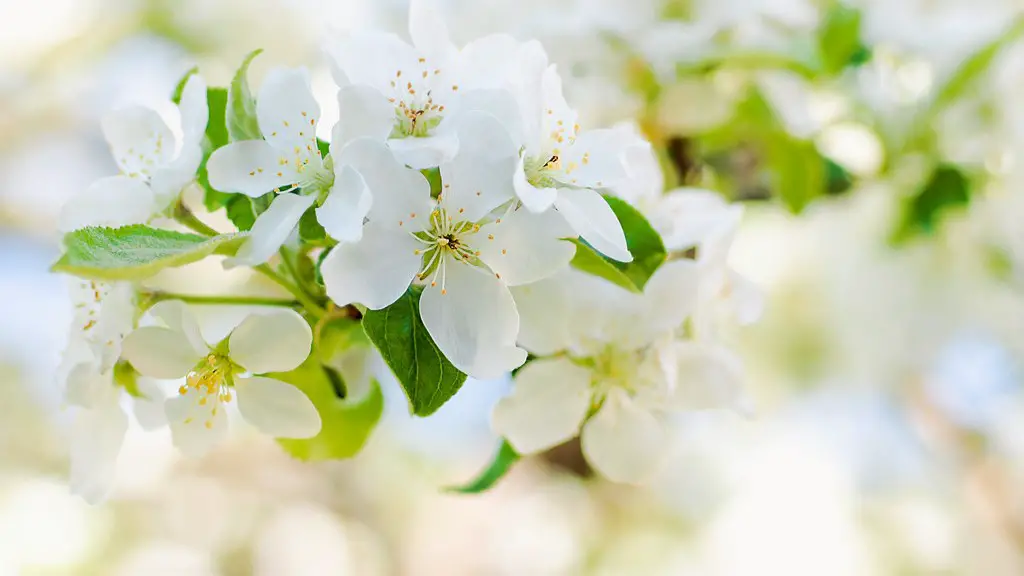Queen palm trees are a popular choice for landscaping in many areas, as they grow quickly and require minimal care. While they can be expensive to purchase and install, they’re worth it in the long run, as they provide natural shade and beauty to your space. Planting a queen palm tree is relatively straightforward, and can be done by anyone with basic gardening knowledge.
The first step to planting a queen palm tree is to select a spot in your yard that receives full sun and supplement with fertilizer if needed. Dig a hole that is twice as wide as the root ball and just deep enough so that the top of the root ball is level with the ground surrounding the hole. This will help the tree become established and promote healthy growth.
Next, prepare the soil. Loosen the soil in the hole and mix in some compost to help the plant get more nutrients. This will also help retain moisture and improve the drainage in the area. Once the soil is ready, carefully place the tree’s root ball in the hole and back-fill with soil. Make sure to tamp down the soil firmly around the root ball to ensure the tree’s stability.
Water the newly planted tree well, at least 10 liters per square meter of the tree’s circumference every other day. It’s also a good idea to use an organic fertilizer to ensure the tree grows as quickly and healthily as possible. Make sure to keep an eye on the tree and check regularly for signs of pests or disease. Queen palm trees are susceptible to scale and mealybugs, so try to spot them early and treat them with chemical or organic pesticides.
Finally, make sure to give the queen palm tree plenty of space to grow and spread its fronds. It’s best to keep the surrounding area free of grass and any other plants so that there’s plenty of room for the queen palm tree to develop. Additionally, it’s important to trim the tree’s fronds every six months or so to keep the tree looking tidy and to encourage healthy, new growth.
Advantages of Planting a Queen Palm Tree
Queen palm trees are often an attractive addition to any yard, as they provide welcome shade and can easily be trained and pruned to look like a traditional palm tree. Moreover, the leaves of a queen palm tree can help nest birds, which can be a great conversation starter with visitors. Additionally, the queen palm tree’s deep roots are particularly adept at combating soil erosion.
The queen palm tree is also fairly maintenance-free, as it doesn’t require frequent watering or pruning or other kinds of care. To ensure the tree remains healthy, it’s important to check for signs of pests or disease regularly, and to use organic fertilizer from time to time. But overall, planting a queen palm tree can easily provide a few decades of beauty with minimal effort.
Disadvantages of Planting a Queen Palm Tree
One of the major drawbacks of planting a queen palm tree is that it can be quite expensive. While they don’t require a great deal of maintenance or care in order to remain healthy, they have to be purchased and installed, which can be a costly endeavor. Additionally, they can be susceptible to certain pests and diseases, and so they need to be checked frequently, and appropriate treatments applied if necessary.
Queen palm trees also need a lot of space to grow, and so if it’s planted too close to buildings, houses, or other trees, then it’s growth can be stunted. Additionally, even though the queen palm tree is relatively low-maintenance, it does require regular pruning and trimming in order to look its best, which can be quite time consuming.
How to Care for a Queen Palm Tree
Caring for a queen palm tree will help keep it looking and feeling its best for many years. As queen palm trees need plenty of sunlight, it’s best to place it in a sunny spot in your yard. Additionally, it’s a good idea to place mulch or other soil amendments around the tree to help the water to seep into the roots. For best results, it’s best to water the tree at least once a week during the spring and summer months, and less during the winter.
To keep the tree healthy, check it regularly for signs of pests or disease. Queen palm trees are particularly susceptible to pests such as scale and mealybugs, and so treatments should be used if they are detected early. An organic fertilizer is also beneficial, as it helps the queen palm get the nutrients it needs to become well established.
Finally, pruning and trimming the queen palm’s fronds every six months or so is important in order to maintain its shape and alleviate pressure on the stem. Pruning should always be carried out with hand pruners, rather than power tools, as this is much less damaging to the tree.
Recommended Varieties of Queen Palm Trees
When considering planting a queen palm tree, it’s important to understand the different varieties available and the benefits and drawbacks of each. One popular variety is the Quesada Queen Palm tree, which is known for its hardiness and is easy to grow. It prefers full sun and doesn’t require a lot of extra care or fertilization.
The Areca Palm tree is another popular variety, and is often used in landscaping projects. It is hardy and can tolerate a wide range of temperatures and climates, although it can be prone to pests and disease if it isn’t maintained properly. Finally, the Malayan Dwarf Queen Palm tree is also widely used, as it requires minimal maintenance and can add a bit of height to a garden or landscape.
Safety Considerations for Planting a Queen Palm Tree
When planting queen palm trees, it’s important to consider safety. As queen palm trees are quite tall and their leaves can catch the wind, it’s best to plant them away from pathways and buildings, as strong winds can cause the tree to fall and could cause damage or injury. Additionally, it’s a good idea to check the tree’s roots before planting – if they are too dry or brittle, it’s best to wait until the roots have been given time to recover before the tree is planted.
Once the tree is planted, it’s important to regularly check it for signs of damage or decay. Queen palm trees can be prone to pests and disease, and should be treated promptly to ensure the tree remains healthy. Additionally, it’s important to make sure the tree is secure, and that its surround area is free of any clutter that could cause it to become unbalanced.
Tips on Planting a Queen Palm Tree
When planting a queen palm tree, it’s important to follow a few general tips. Firstly, it’s essential to select the right spot in your yard that receives plenty of direct sunlight. Additionally, it’s important to use the correct type of soil and to use organic fertilizer to provide the tree with the nutrients it needs to become established.
Ensuring the tree is firmly planted and the surrounding area is free of clutter is also important, as is checking regularly for signs of pests and disease. Finally, it’s important to make sure the tree is given time to become established, and to provide it with plenty of space to grow and spread its fronds to ensure it maintains its shape.




